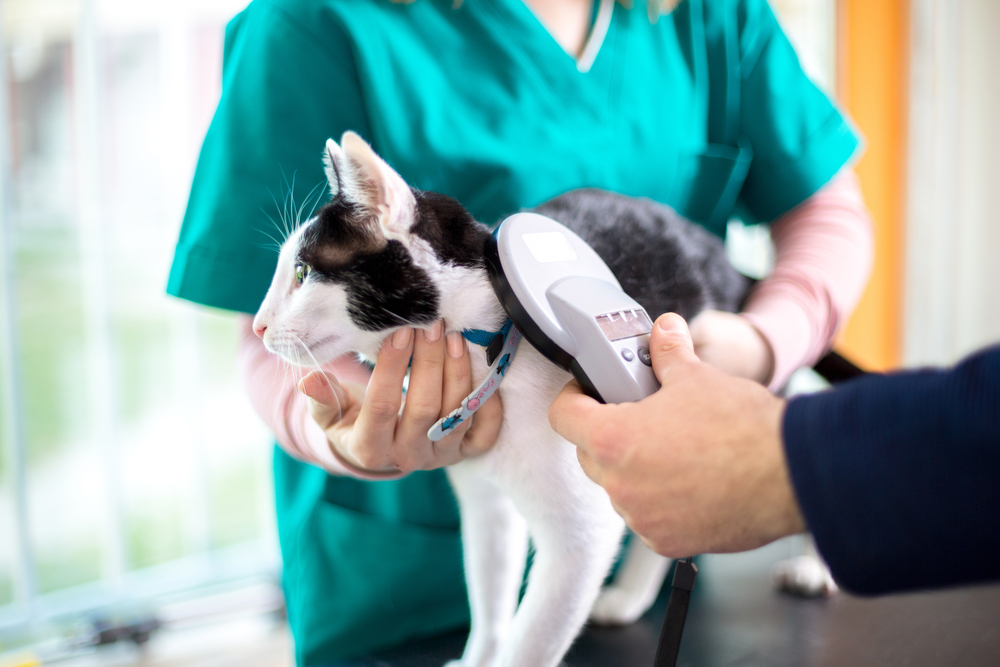
Your dog runs out during a storm. Your cat sneaks through an open window. These moments make your heart race. You want to do everything you can to bring them home safely.
Collars and tags are useful, but they can break or wear out. You might worry about losing your animal companion for good. That fear can be overwhelming. A microchip offers a solid solution to that worry.
What Is a Pet Microchip?
A pet microchip is a small chip in glass that can help you find your furry friend. It is smaller than a grain of rice and stays with your pet for life. This gives you a sense of comfort. You can enjoy every moment together without constant worry.
The Microchipping Process: Simple and Safe
Step 1: Consultation with a Veterinarian
Your vet will discuss microchipping during a visit. They will check if your pet is healthy enough for it. Puppies and kittens can get microchipped starting at eight weeks old.
Step 2: Preparing for the Procedure
No surgery or anesthesia is needed. The vet cleans the area with alcohol. This whole thing takes less time than a vaccine. Many find it quick and stress-free, which is a relief.
Step 3: Inserting the Microchip
The vet uses a clean needle to place the chip under your pet’s skin. It feels like a regular shot. Your furry friend may flinch a little. Most pets go back to normal right away.
Step 4: Registering the Chip
The vet scans your pet’s chip. This step makes sure it works well. They help you register your ID number. If you do not register, it will not link back to you.
Step 5: Updating Information
If you are moving or changing your phone number, please update your info to keep it safe.
Do You Really Understand Microchipping?
Myth: Microchips track your pet’s location.
Truth: Chips only store an ID number. They do not have GPS or tracking features.
Myth: The procedure is painful or risky.
Truth: It feels like a standard shot. Complications are rare and usually minor, like temporary swelling.
Myth: Microchips replace collars and tags.
Truth: Use both. A collar gives immediate contact info, while a chip serves as a backup.
Why Microchipping Matters
Microchipping plays a big role in helping lost pets get home. Millions of pets go missing every year. Thinking about your pal not finding their way back can be heartbreaking. A microchip increases the chances for dogs and cats significantly.
How to Make Sure the Chip Stays Effective
Microchips can last a lifetime. Your responsibility does not stop after the vet inserts the chip. Test the chip at annual vet visits to make sure it still scans. Also, you must keep your contact info updated in the database and consider adding a backup contact.
Microchips use radio frequency identification (RFID) technology. Scanners send a low-frequency signal to activate the chip, which transmits the ID number. Major animal organizations, including the AVMA and the American Animal Hospital Association (AAHA), endorse microchipping as a best practice.
Pets are family. Losing them feels unbearable. Microchipping gives you a fighting chance to bring them home. It is affordable, lasting, and backed by science.
For more information on pet microchipping, visit Gully Animal Hospital at our Arlington, Texas, office. Call (817) 409-6333 to schedule an appointment today.



